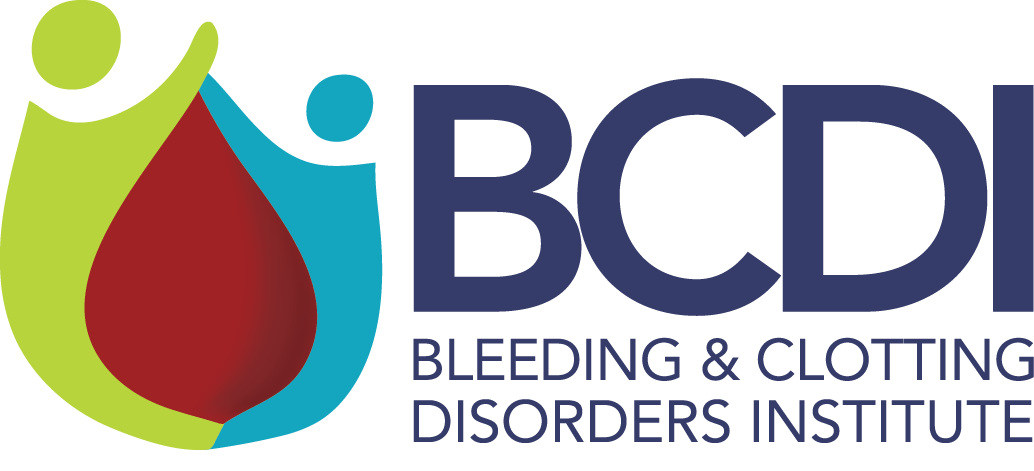What is Antithrombin (AT)?
Antithrombin is a naturally occurring anticoagulant that inactivates serine proteases such as thrombin, and clotting factors IXa, Xa, XIa, and XIIa. The inhibition of serine proteases by AT is greatly accelerated by heparin. Molecular defects in the antithrombin gene may result in deficiencies or abnormal activity of antithrombin. Antithrombin Deficiency is inherited as an autosomal dominant trait.
Patients with a deficiency of AT are at risk for both arterial and venous thrombosis. The frequency of symptomatic AT Deficiency is estimated to be 1:2,000 to 1:5,000. Asymptomatic deficiency may occur as frequently as 1:600. In patients with a history of thrombotic disease, the incidence of AT Deficiency ranges from 0.5% to 4.9%. Homozygous deficient patients have been described very rarely and only in individuals with defects in the heparin-binding site. These individuals have a severe thrombotic tendency that presents early in life and often involves arterial thrombotic disease.
Types of AT Deficiency
AT Deficiency is subcategorized into Type I and II.
Type I Deficiency or Quantitative Deficiency:
- These patients demonstrate a proportionate decrease in both the antigenic and activity level of the protein, most often a result of an unexpressed protein from the mutant allele. Homozygous Type I deficiency is lethal
Type II Deficiency or Qualitative Deficiency:
- This deficiency is characterized by a decrease in the activity of the protein with a normal antigenic level, resulting from the production of an abnormally functioning protein from the mutant allele
AT Levels
Antithrombin levels are dependent on the patient’s age and other associated conditions. Normal adult levels of antithrombin are achieved around 6 months of age. Several conditions can reduce AT levels. These conditions include liver dysfunction, consumptive coagulopathy, obstetric complications, pregnancy, renal disease, malignancies, malnutrition, GI dysfunction, use of oral contraceptives, and other medications.
